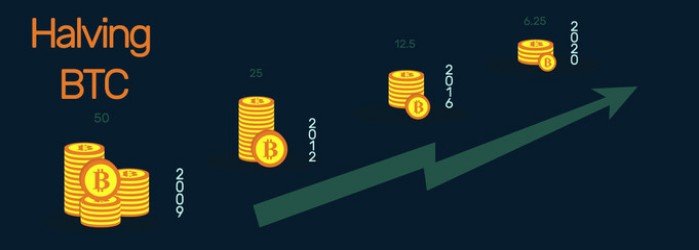More than 20 exahashes every second (EH/s) of computing power – what could be compared to around 1.5 million more established age mining machines – has been turned off from Bitcoin since the system’s splitting.
The 7-day moving normal of Bitcoin’s hash rate has dropped over 20% from around 122 EH/s only preceding the dividing on May 11 to now 97 EH/s. The once-in-four-years occasion decreased diggers’ square compensations from 12.5 to 6.25 bitcoin (BTC) per square.
The hash rate drop after the dividing has altogether surpassed the hashing run preceding it. All things considered, Bitcoin’s mining trouble, which quantifies that it is so difficult to seek square rewards, diminished 6% to 15.14 Trillion at 2:00 UTC on Wednesday in the system’s first every other week trouble change since the dividing.
The measure of processing power associated with Bitcoin has been on an exciting ride in the course of recent weeks.

Bitcoin’s mining trouble alters itself each 2,016 squares, about 14 days, to guarantee the normal interim between squares stays at 10 minutes. In the event that countless diggers are turned off from the system, bringing about a more drawn out than-10-minute normal square interim, the trouble will diminish to support cooperation.
What’s more, Bitcoin’s third dividing on May 11 happened precisely at the midway characteristic of the past 2,016-square trouble cycle.
“We believe that, as the halving drew closer, miners in China did a sprint run of mining, even with older generation machines, to make most of the last days of the higher block rewards,” said Kevin Zhang, director of blockchain strategies at Greenidge Generation, a New York-based natural gas power plant that mines bitcoin.
All things considered, the drop in mining rivalry is useful to those still in the game that have increasingly proficient hardware and less expensive power since they can acquire a greater portion of the 900 BTC printed each day.
With the trouble modification, De La Torre anticipates a few, however not all, of these miners to switch back on.
“Consider also, the wet season in China is bringing the cost of electricity even lower,” he said.
In a report released May 1, PoolIn assessed that the processing power contributed by excavators at the “lower quartile” – more established models that register 0-25 terahashes every second – represented 15% to 30% of the system’s aggregate at that point.

